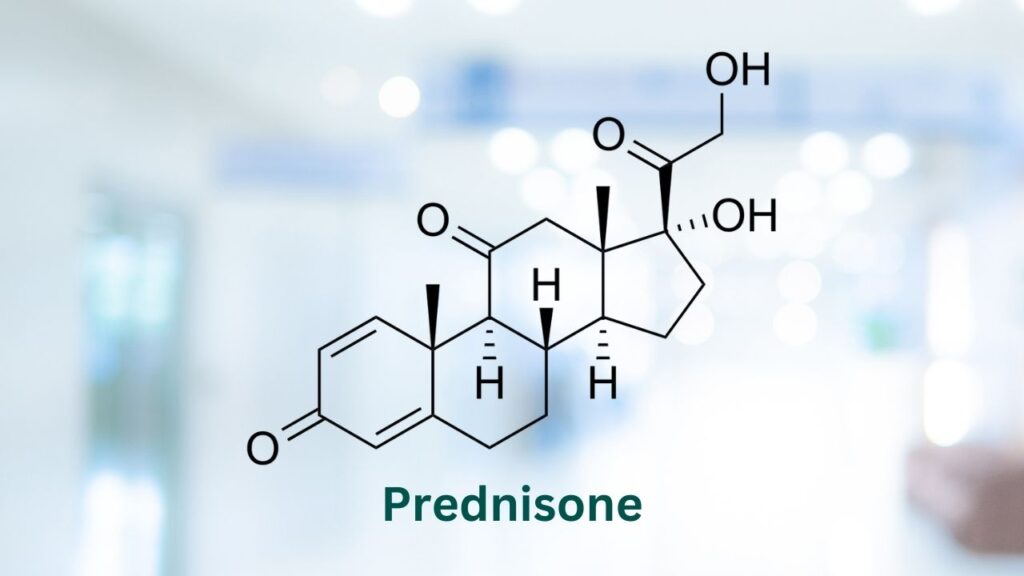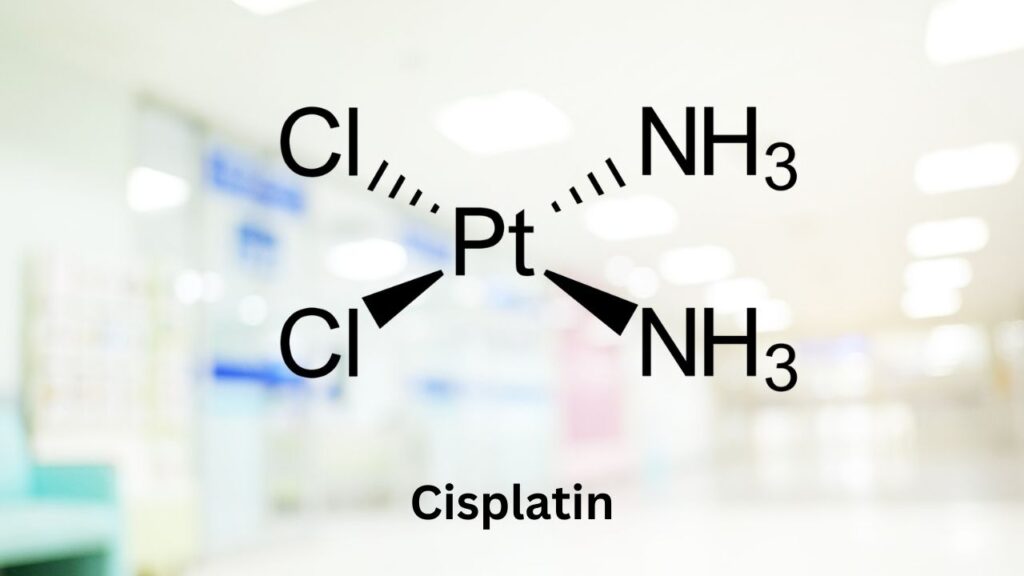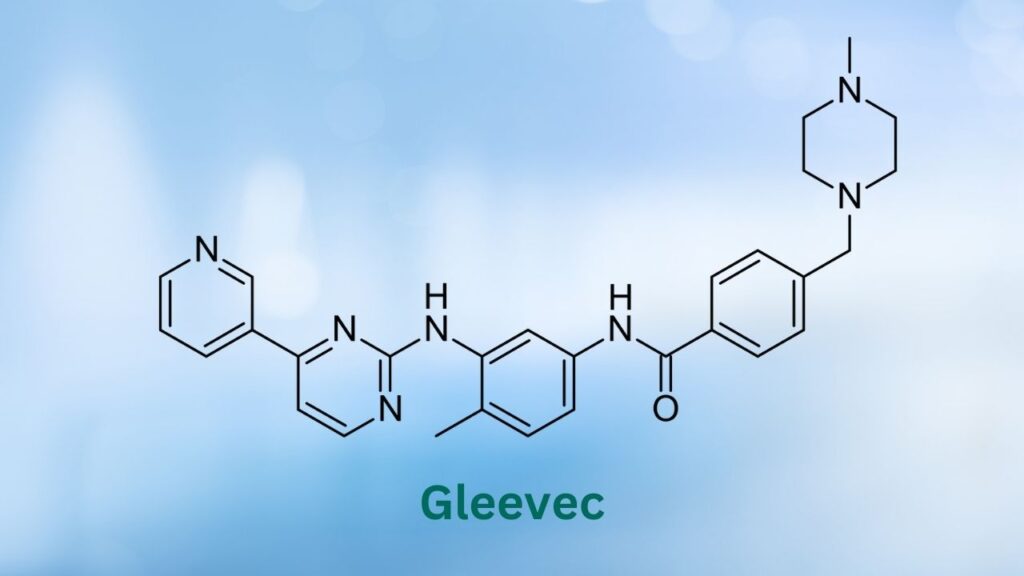Methotrexate is often used in humans with leukemias and immune-mediated diseases. It appears to be useful for similar conditions in dogs.
Key Takeaways
- Like all chemotherapy drugs, methotrexate can cause side effects like lack of appetite, nausea, myelosuppression (bone marrow suppression), diarrhea, and vomiting.
- Methotrexate suppresses inflammation and prevents cell division.
- Veterinary oncologists typically use methotrexate for dogs with lymphoma and osteosarcoma.
- Methotrexate can be toxic to the liver, particularly when used simultaneously with NSAID medications, so veterinarians adjust doses as needed.
What Is Methotrexate for Dogs?
Veterinarians may recommend methotrexate as a chemotherapy drug for dogs with lymphoma, osteosarcoma, and other cancers.1,8
Methotrexate is similar in structure to folic acid, a B vitamin. It works by inhibiting several enzymes that play a role in nucleotide synthesis (the making of DNA building blocks).
Because of this inhibition, inflammation is suppressed, and cell division is prevented. This is why methotrexate is used to treat inflammatory diseases and cancers.
Brand Names
Methotrexate is sold under many trade names, including:
- Metoject®
- Nordimet®
- Otrexup®
- Rasuvo®
- Reditrex®
- Trexall®
- Xatmep®
There are also many other names, plus multiple generic forms.8
Methotrexate is available in human-approved formulations of pills, oral solutions, and injectable solutions.
As is true for most drugs, there are no specifically veterinary-approved formulations, so it is used off-label in veterinary medicine.12
How Methotrexate for Dogs Works
Methotrexate inhibits many enzymes responsible for nucleotide synthesis. Examples include dihydrofolate reductase, thymidylate synthase, aminoimidazole carboxamide ribonucleotide transformylase (AICART), and amido phosphoribosyltransferase.8
Consequently, cells are unable to create new DNA and divide.
Common Uses of Methotrexate for Dogs
Methotrexate has been used alone or with other medications as part of primary, rescue, or maintenance protocols for canine lymphoma.3,5,7 It has also been clinically used for mammary cell cancer.6
However, a limited number of studies evaluate its effectiveness relative to other treatments. In other words, it may not be any better than current treatment protocols. Let’s look at some of this evidence now.
Lymphoma
A head-to-head comparison of a chemotherapeutic protocol consisting of L-asparaginase, vincristine, cyclophosphamide, doxorubicin, methotrexate, and prednisolone was compared to single-agent doxorubicin in dogs with lymphoma.14
- Overall, cancer remission rates and survival times were not statistically different.
- The only notable difference in adverse effects was increased vomiting in the combination group.
A 2007 study evaluated dogs treated with either cyclophosphamide, vincristine, and prednisone (CVP) or vincristine, cyclophosphamide, methotrexate, and L-asparaginase (VCMA).7 Mean survival times (242 vs 294 days) was not statistically different between the two treatment groups.
In an in vitro study, methotrexate was evaluated in multiple canine T-cell (a specific white blood cell) cancer cell lines.11
- The authors identified that different cell lines had different sensitivities to the effect of methotrexate, however all cell lines did die.
- Notably, the most sensitive cell line was generally found to be resistant to a majority of chemotherapeutics used clinically.
- Because methotrexate was so effective compared to other drugs, the authors suggested that perhaps methotrexate should be used as a first choice instead of a rescue or maintenance drug.
In another study, an investigational therapeutic antibody (named mAb B5) was conjugated (bound) to methotrexate and studied in mice given B cell (a type of white blood cell) lymphoma.4 The control group included methotrexate only (0.25 mg/kg) treated mice. All control mice died, while conjugated or antibody only mice survived. This suggests that the drug used alone did not help.
Mammary Cancer
A 2011 study evaluated methotrexate as a treatment for mammary cancer.6 Dogs were treated with either methotrexate alone, combined with meloxicam (an NSAID) or underwent surgery. Fifty to 80 percent of dogs at least partially responded to either medical therapy, however, the study was limited to a small number of cases.
Other Diseases
Methotrexate is widely used as a treatment for inflammatory conditions in humans. A 2020 case study discussed using cyclosporin combined with methotrexate to provide long-term management of granulomatous mural folliculitis (a skin disease) in a dog.9 More research is needed to assess the effectiveness of this drug for canine immune-mediated diseases.
When to Not Use Methotrexate for Dogs
Side effects are typical to other chemotherapeutic agents and include anorexia, nausea, myelosuppression (bone marrow suppression), diarrhea, and vomiting.
In humans, methotrexate is often used at higher doses with hepatotoxicity (liver damage) resulting, although this is not a significant finding in veterinary medicine.10
In humans experiencing toxicity, rescue therapy with leucovorin (tetrahydrofolic acid; folinate) is often used.10 Leucovorin antagonizes (competes with) methotrexate at the dihydrofolate reductase enzyme. Leucovorin use has been reported in a dog after accidental ingestion of 7.7 mg/kg methotrexate.1
Concurrent use with non-steroidal anti-inflammatory drugs (NSAIDs) may contribute to methotrexate toxicity as NSAIDs can alter the elimination of methotrexate.15 Dose adjustments may be needed if your dog is on an NSAID.
Methotrexate should not be administered with:10
- penicillins
- fluoroquinolones
- pyrimethamine
- trimethoprim
- sulfonamides
- or other drugs that may affect folic acid synthesis.
How to Give Methotrexate to Dogs
Methotrexate is supplied as an injectable solution and tablets. It also comes in a topical for human psoriasis.8 There are a few studies specifically evaluating the safety of this product in dogs.
In a dose escalation study, oral doses up to 12.5 mg/kg were administered for five weeks to healthy dogs with no clinically significant findings in clinical pathology (bloodwork) parameters.13 Transient clinical signs appeared in half the dogs studied, including:
- diarrhea
- decreased appetite
- mild skin redness
- weight loss
However, in this study, two older dogs developed significant anorexia and weight loss, resulting in euthanasia. The cause of the decline was not identified, but an infection was suspected in one dog.
In a separate retrospective (looking back) study, methotrexate (2.5 mg/pet) was injected into the spinal fluid and co-administered with cytosine arabinoside (100 mg/pet) to dogs with suspected inflammatory or neoplastic brain and/or spinal cord disease.2 One dog had a transient seizure post-administration. No other significant findings were noted. It is unknown how well the drug worked in these cases.
What If I Miss a Dose?
Talk to your doctor. The dosage and timing may be adjusted based on clinical signs during treatment.
Storage and Handling
Methotrexate is supplied in some of the following forms:
- in a 1 gram, single-dose vial of lyophilized powder;
- as tablets: 2.5 mg, 5 mg, 7.5 mg, 10 mg, and 15 mg; and
- as a 2.5 mg/mL oral solution.12
All should be stored at room temperature and protected from light.
Safety and Side Effects
This drug should not be used in patients with significant liver and/or kidney problems. This drug should be avoided in pregnant or nursing bitches. Dogs with bone marrow problems or infections are likely not candidates for methotrexate.12
The most common side effects are gastrointestinal and include:
- vomiting
- diarrhea
- loss of appetite
Other less common signs include:12
- mouth ulcers and sore throat
- bone marrow suppression (usually 4-6 days after methotrexate is given)
- coughing
- shortness of breath
- trouble breathing
- liver or kidney damage
- fur loss
- altered coat quality
- Dank G, Benzioni H, Klainbart S, Jandray K. Accidental Methotrexate Ingestion in a Dog. Isreal Journal of Veterinary Medicin. 2010;65(2):72-74.
- Genoni S, Palus V, Eminaga S, Cherubini GB. Safety of intrathecal administration of cytosine arabinoside and methotrexate in dogs and cats. Veterinary and Comparative Oncology. 2014;14(3):331-336. doi:10.1111/vco.12109
- Hahn KA, Richardson RC, Teclaw RF, et al. Is maintenance chemotherapy appropriate for the management of canine malignant lymphoma? Journal of Veterinary Internal Medicine. 1992;6(1):3-10. doi:10.1111/j.1939-1676.1992.tb00979.x
- Lisowska M, Milczarek M, Ciekot J, et al. An antibody specific for the dog leukocyte antigen Dr (DLA-DR) and its novel methotrexate conjugate inhibit the growth of canine B cell lymphoma. Cancers. 2019;11(10):1438. doi:10.3390/cancers11101438
- MacEwen E, Rosenthal R, Matus R, Viau A, Abuchowski A. A preliminary study on the evaluation of asparaginase. Polyethylene glycol conjugate against canine malignant lymphoma. Cancer. 1987;59(12):2011-2015.
- Maiti S, Manikandan N, Shivakumar M, Kumar N, Saikumar G, Gupta O. THERAPEUTIC EVALUATION OF METHOTREXATE WITH OR WITHOUT COX-2 INHIBITOR IN THE MANAGEMENT OF CANINE MAMMARY TUMOURS. Indian Journal of Canine Practice. 2011;3(2):117-126.
- Merlo A, Rezende BC, Franchini ML, Simões DM, Lucas SR. Serum C-reactive protein concentrations in dogs with multicentric lymphoma undergoing chemotherapy. Journal of the American Veterinary Medical Association. 2007;230(4):522-526. doi:10.2460/javma.230.4.522
- Methotrexate. Uses, Interactions, Mechanism of Action | DrugBank Online. https://go.drugbank.com/drugs/DB00563. Published January 8, 2023. Accessed January 9, 2023.
- Mosca M, Pin D. Granulomatous mural folliculitis in a dog treated with ciclosporin and Methotrexate. Veterinary Dermatology. 2020;31(2):170-174. doi:10.1111/vde.12825
- Papich MG. Papich Handbook of Veterinary Drugs. St. Louis, MO: Saunders; 2021.
- Pawlak A, Kutkowska J, Obmińska-Mrukowicz B, Rapak A. Methotrexate induces high level of apoptosis in canine lymphoma/leukemia cell lines. Research in Veterinary Science. 2017;114:518-523. doi:10.1016/j.rvsc.2017.09.026
- Prescription label -methotrexate. https://cdn.brief.vet/web-files/PVD/drupal-uploads/files/VMG-Methotrexate-2019-01-30-0157.pdf. Published 2019. Accessed January 9, 2023.
- Rostang A, Mosca M, Jeannin M, et al. Pharmacokinetics of low-dose methotrexate in healthy Beagle Dogs. Journal of Veterinary Pharmacology and Therapeutics. 2018;41(5):659-669. doi:10.1111/jvp.12673
- Simon D, Moreno SN, Hirschberger J, et al. Efficacy of a continuous, multiagent chemotherapeutic protocol versus a short-term single-agent protocol in dogs with lymphoma. Journal of the American Veterinary Medical Association. 2008;232(6):879-885. doi:10.2460/javma.232.6.879
- Uwai Y, Suzuki R, Iwamoto K. Effect of nonsteroidal anti-inflammatory drugs on pharmacokinetics of methotrexate: A meta-analysis. Yakugaku Zasshi: Journal of the Pharmaceutical Society of Japan. 2011;131(5):853-861. doi:https://doi.org/10.1248/ yakushi.131.853
Metoject® is a registered trademark of Medac Gesellschaft für klinische Spezialpräparate m.b.H
Nordimet® is a registered trademark of Nordic Group B.V.
Otrexup® is a registered trademark of Antares Pharma Inc.
Rasuvo® is a registered trademark of Medexus Pharma, Inc.
Reditrex® is a registered trademark of Cumberland Pharmaceuticals Inc.
Trexall® is a registered trademark of Barr Laboratories, Inc.
Xatmep® is a registered trademark of Argentum Holdings, LLC
Topics
Did You Find This Helpful? Share It with Your Pack!
Use the buttons to share what you learned on social media, download a PDF, print this out, or email it to your veterinarian.









